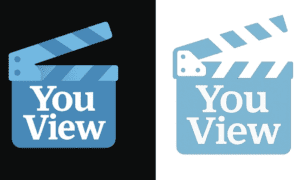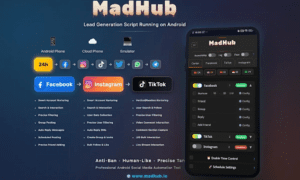The entire domain of home healthcare is a rapidly growing one, as the market size was almost $416.4 billion in 2024. Do you know about the expected growth between the current year to 2030? It is a CAGR of 10.21%! Also, all baby boomers will be crossing the age bar of 65 by 2030, thus leading to a huge demand for your home health services to cater to those aging demographics. You, as an owner of a home health agency, already know that your financial foundation depends on your home health billing service mechanism. You can only ensure a perfect billing mechanism when you understand how the entire billing mechanism works today, especially where the Patient-Driven Groupings Model (PDGM) is concerned. This is why it is important that you understand the 30-day payment rule, outlier payments, and finally consolidated billing under the PDGM model.
Always remember that learning the basics of PDGM model always helps you avoid potential mistakes in your home health billing services. Let’s begin with the 30-day payment period and then know about the other components like the PDGM model.
30-Day Payment Periods: Shorter Tracks, Same Thrill
Your home health agency used to receive payments based on the 60-day span of care, but PDGM has already changed that structure, as now your home health billing services depend on 30-day payment periods.
That means you get paid every 30 days instead of 60. But don’t worry—eligibility checks and plan reviews still happen every 60 days, just like before 2020.
So, how does Medicare decide what to pay for each 30-day period?
It all begins with data collection. A nurse or therapist fills out the OASIS assessment to gather details about the patient’s health and care needs. Medicare then reviews the claims, looking at diagnoses and medical conditions. Your patients fall under one of the 432 case-mix groups based on the review process of Mediclaim. Each group reflects a different mix of health issues and care needs.
Outlier Payments: The Emergency Brakes
There are times when your patients need more care than average. That’s where outlier payments come in. They’re special payments for cases where care costs go well beyond normal levels.
Always remember that under home health PPS, outliner payment can never exceed 2.5% of the whole estimated payment.
To get this extra help, the patient’s care costs must be high enough, and the agency has to report detailed visit info. Medicare uses standard rates to figure out the cost for each service. If you run a home health agency, finding and tracking these high-cost patients can boost your earnings.
Finally, it’s time to talk about consolidated billing under the PDGM model.
Consolidated Billing: One Ticket Covers the Ride
Here’s another key part of the puzzle. Under PDGM, one payment usually covers most of the care plan. This includes nursing, therapy, home health aides, medical social services, and routine medical supplies. But some things are not included, like certain injectable osteoporosis drugs, durable medical equipment (DME), and wound therapy using disposable devices.
So, if you’re running a home health agency, think of this as selling one all-access park ticket to your patients. They get access to all the rides, and you get one bundled payment—unless they want something extra.
What This Means for You
If you’re responsible for home health billing services, this is what you need to keep in mind:
- Under PDGM, 30-days payments are the new rule
- Eligibility and plan reviews still follow a 60-day schedule.
- Use OASIS assessments and accurate Medicare claims to determine proper payment groups.
- Watch out for outlier cases. They can earn your agency extra reimbursement if costs are high enough.
- Remember, telehealth can support care, but it can’t replace visits in the plan of care.
- Make sure your billing team has a strong understanding of consolidated billing process and bill each excluded item separately.
Final Thoughts: Mastering the Ride of Home Health Billing Services
The whole nature of home health billing services is complex. With various rules, exceptions, forms, and lots of math, it can also be daunting to many. But like a good theme park ride, if it is carefully planned, you can navigate the billing process seamlessly.
The PDGM model may have added a few more loops and turns, but with clear documentation, smart planning, and careful review, your agency can thrive. And with the global home healthcare market expected to grow every year, this is a ride well worth mastering.
The truth is that many home healthcare agencies often lack professional billing teams and if you are one of them, hiring a professional home health billing service could be a smart decision. A professional home health billing service knows what it takes to implement the best RCM practice to stay on top of all the billing rules and amplify your overall revenue efficiently.
So, buckle up. Stay informed. And always keep your hands inside the ride—because in the world of home health billing services, the journey is just as important as the destination.





























